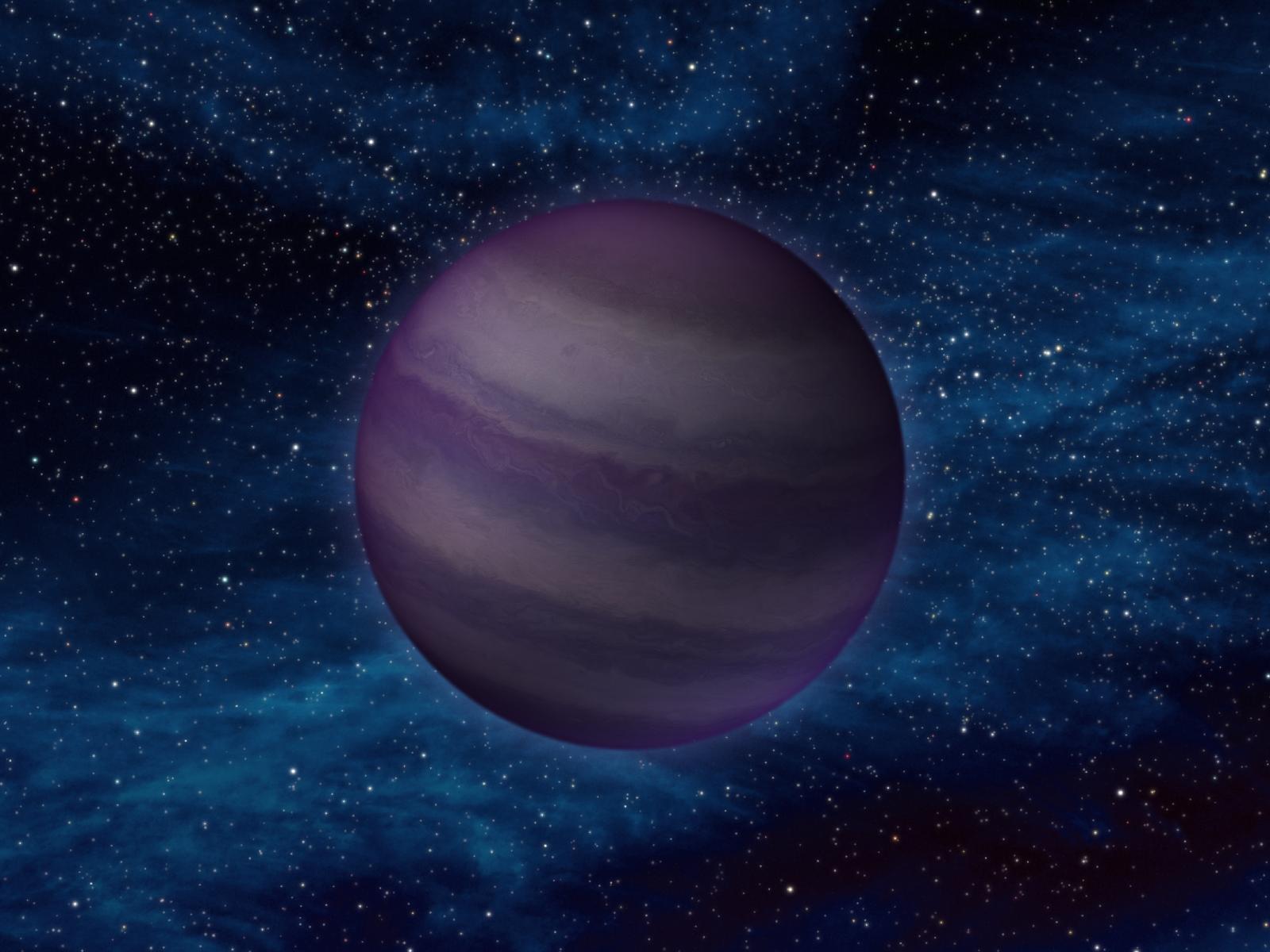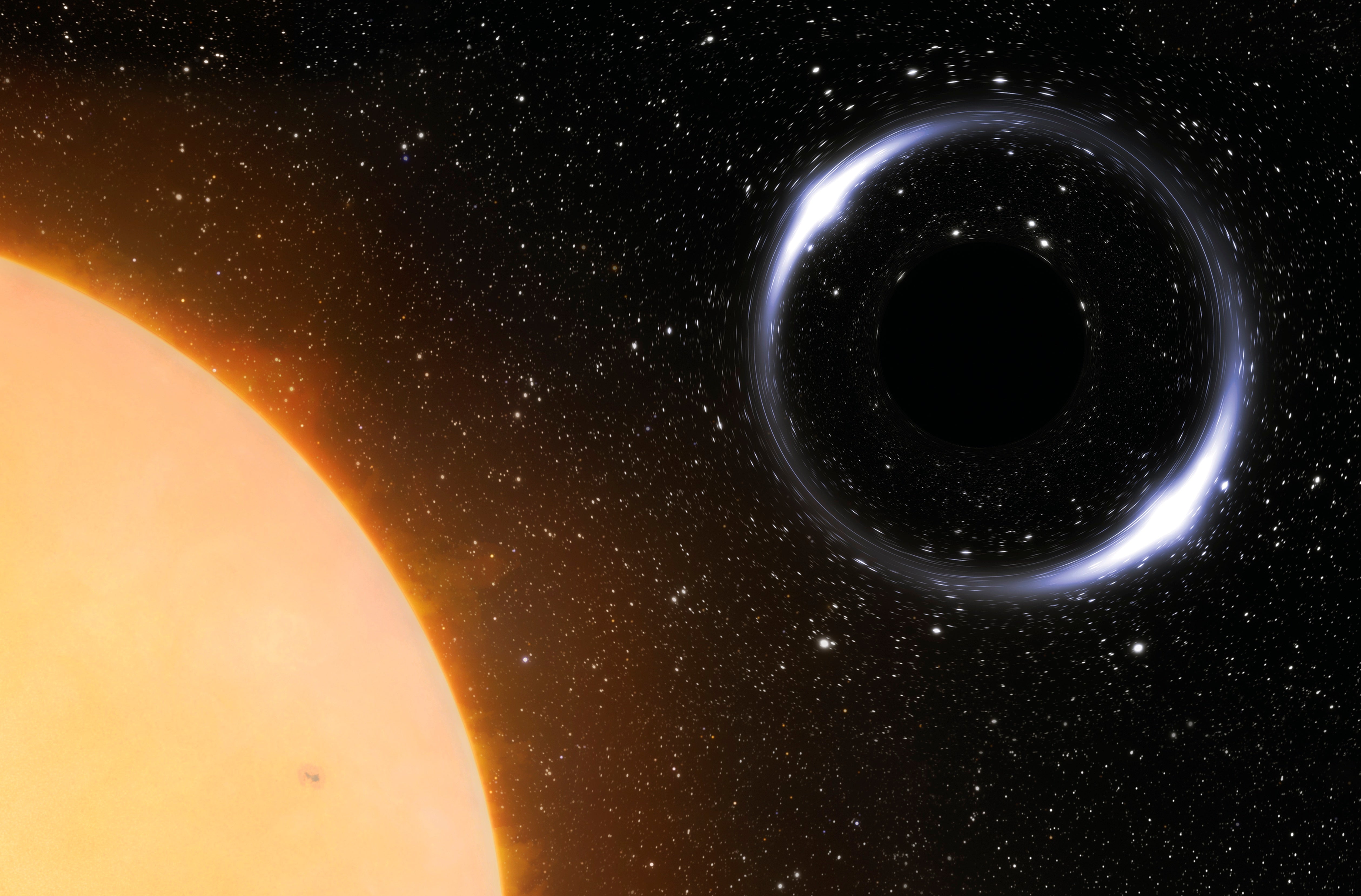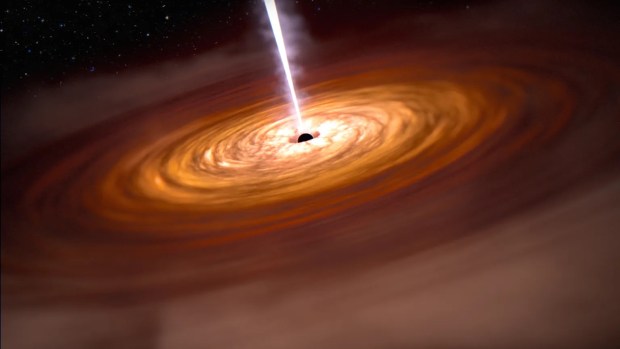
A small, faint brown dwarf located 37 light-years from Earth is the coldest on record to produce radio waves. Usually, ultracool brown dwarfs do not produce radio emissions because they do not possess magnetic fields to generate it. The new study, published July 13 in The Astrophysical Journal Letters, may assist researchers in further understanding the evolution of stars and how they generate magnetic fields.
Discovered in 2011 by Caltech scientists, the brown dwarf — dubbed, T8 Dwarf WISE J062309.94−045624.6 — is colder than a campfire at 797 degrees Fahrenheit (425 degrees Celsius) and smaller than Jupiter. “Finding this brown dwarf producing radio waves at such a low temperature is a neat discovery,” said Kovi Rose, study lead author and astrophysicist at The University of Sydney, in a statement. “Deepening our knowledge of ultracool brown dwarfs like this one will help us understand the evolution of stars, including how they generate magnetic fields.”
Neither planet nor star
Brown dwarfs have masses that fall between planets and stars. Though smaller than Jupiter, T8 Dwarf WISE J062309.94−045624.6 is more massive, between four and 44 times the gas giant’s mass. In comparison, the Sun is 10 times the size of Jupiter and 1,000 times more massive.
Despite their name, brown dwarfs typically appear a deep red to magenta, depending on their temperature. These objects are seen as “fossils” in star formation because they never go through the later phases of stellar evolution and their mass is never ejected back into the interstellar medium that fills the space between star systems in galaxies. “These stars are a kind of missing link between the smallest stars that burn hydrogen in nuclear reactions and the largest gas giant planets, like Jupiter,” said Rose.
Making magnetic field
A small percentage (less than 10 percent) of brown dwarfs can sometimes generate radio waves, but how they do this has puzzled astrophysicists for some time. While scientists understand how hydrogen-burning main sequence stars like the Sun generate the magnetic fields that produce radio waves, brown dwarfs generally aren’t capable of sustaining powerful magnetic fields in the same way. That’s because unlike stars, brown dwarfs aren’t massive enough to fuse normal hydrogen in their cores. Instead, they burn deuterium, a form of hydrogen that contains both a proton and a neutron in its nucleus.
Instead, some experts suspect that the rapid rotation of ultracool brown dwarfs may create strong magnetic fields. As its magnetic field rotates at a different speed than the ionized (charged) atmosphere, it can create electric currents. In this scenario, the currents funnel electrons to the magnetic poles of the brown dwarf; as it rotates, this creates bursts of radio waves. That’s what researchers think is going on with this particular brown dwarf.
Just getting started
It’s just one example, said study co-author and University of Sydney astrophysicist Tara Murphy, of the unique objects researchers will uncover as they begin using new, next-generation radio telescopes. Results from the study used data from the CSIRO ASKAP radio telescope in Western Australia, the Australia Telescope Compact Array near Narrabri in rural New South Wales, and the MeerKAT telescope located in South Africa.
“As we open this window on the radio sky, we will improve our understanding of the stars around us and the potential habitability of exoplanet systems they host,” said Murphy.









